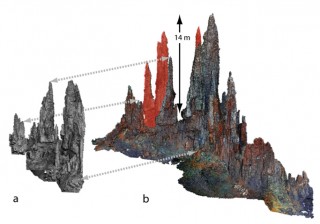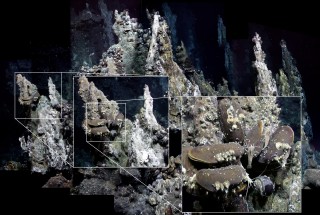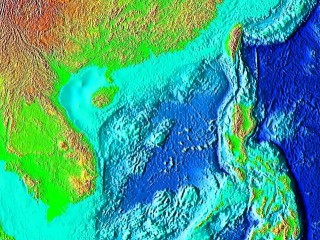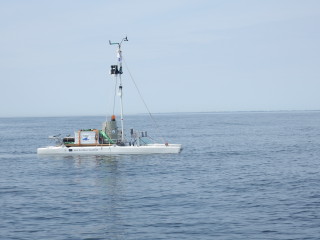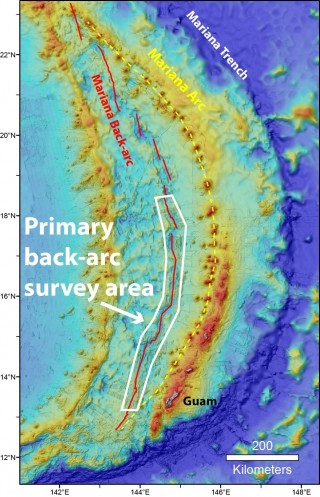Investigating Life Without Oxygen in the Tropical Pacific
January – February
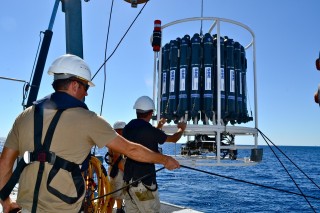
Large-scale ocean circulation naturally results in low-oxygen areas of the ocean called oxygen deficient zones (ODZs). The cycling of carbon and nutrients – the foundation of marine life, is fundamentally different in ODZs than in oxygen-rich areas. In recent years, researchers have become increasingly concerned that deoxygenation of the oceans from greenhouse gas emissions will greatly expand the total area of ODZs over the next 100 years. This first expedition of 2016 will study how these ODZ areas are functioning to better predict the oceans of the future. During this 28 day voyage, Principal Investigator Dr. Mak Saito from Woods Hole Oceanograhic Institution and other researchers aboard R/V Falkor will travel from Hawaii to Tahiti in order to describe the biogeochemical processes that occur within this particular swath of the ocean’s oxygen deficit zones. By doing so, they will contribute to our greater understanding of ODZs, gather a database of baseline measurements to which future measurements can be compared, and attempt to establish new methodology that could be used in future research on expanding oxygen deficient zones.

